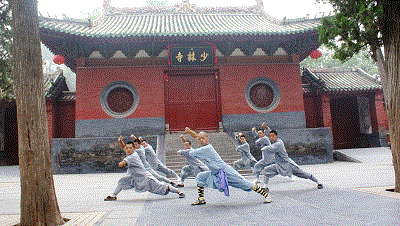-
Shaolin kung fu and a Zen Wu SHÀOLÍN GŌNG-FŪ CHÁN-WǓ HÉ-YĪ
-
"IN THE GONG-FU SHAOLIN MARTIAL ART AND MEDITATION ARE ONE"
With the support of:

IX Edition,,it,GROWTH ROUTES to FEED LIFE,,it 30/11 – 2/12 2018: PERCORSI di CRESCITA per NUTRIRE la VITA
Shaolin Kung-Fu
The Daily

EDITION 2018
| M | T | In | T | F | S | S |
|---|---|---|---|---|---|---|
| « Dec | ||||||
| 1 | 2 | 3 | 4 | 5 | 6 | |
| 7 | 8 | 9 | 10 | 11 | 12 | 13 |
| 14 | 15 | 16 | 17 | 18 | 19 | 20 |
| 21 | 22 | 23 | 24 | 25 | 26 | 27 |
| 28 | 29 | 30 | ||||





